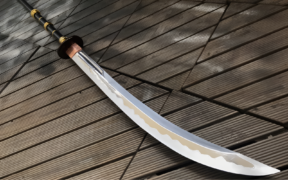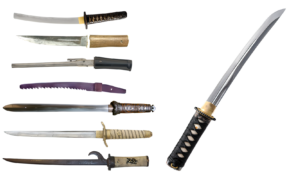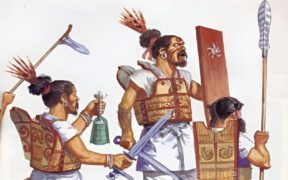Types of Naginata: What Makes Them Unique?
NO AI USED This Article has been written and edited by our team with no help of the AI
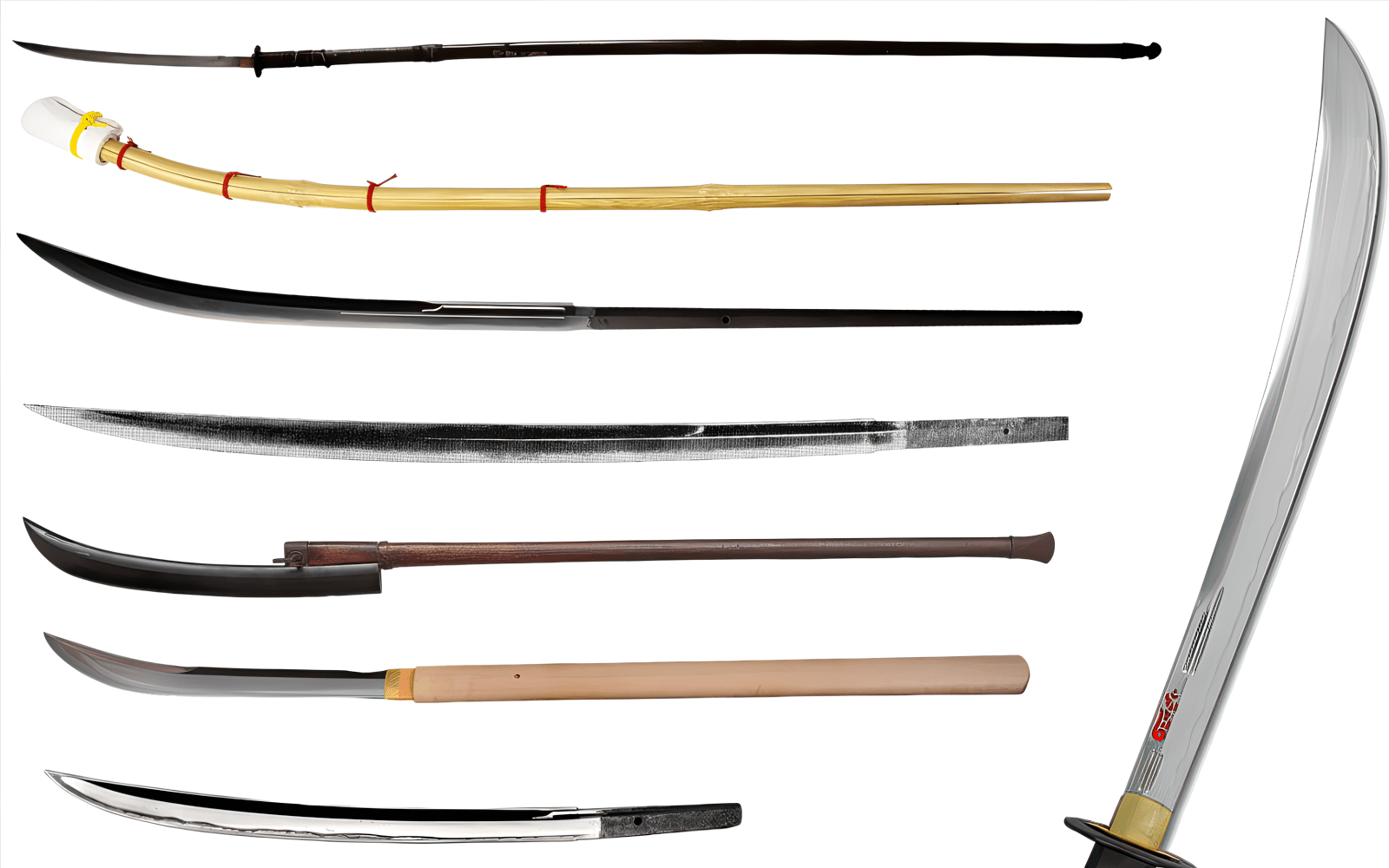
The naginata is an iconic Japanese-edged weapon that comes in many shapes and types. It was carried by foot samurai on battlefields, used by elite horseback riders for cutting, and used by everyday women to protect their homes when the samurai were away.
In this article, we will cover the various types of naginata, from those used for actual combat by the samurai to those used for safe training today.
Historical Types of Naginata
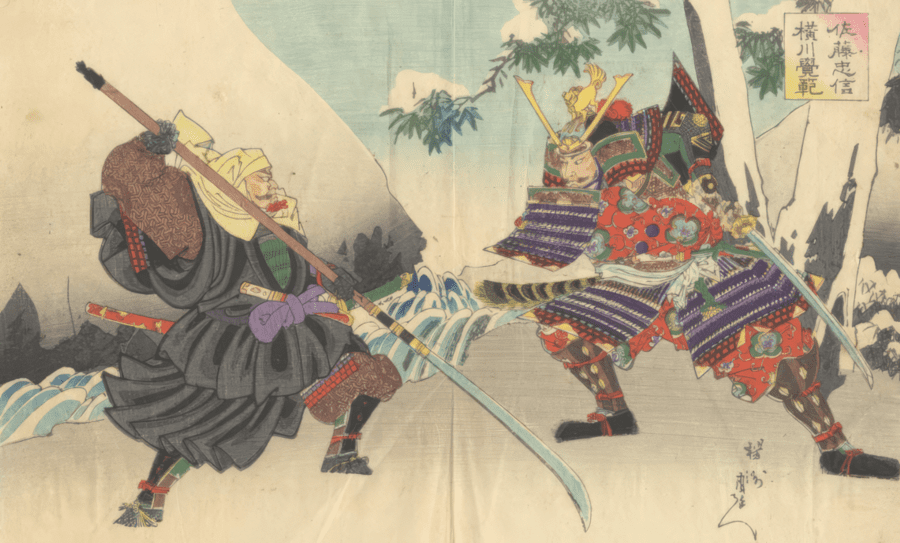
The naginata was a powerful weapon used in history effectively from the Nara Period (8th century CE). Some of the most notable users are the light infantry known as ashigaru, warrior monks, and specialized samurai troops.
Naginata were often used to counter larger or more iconic swords, such as the nodachi and the katana. They were fast and far-reaching weapons with different uses, whether on foot or horseback.
Many of the naginata varied drastically in terms of blade shape, shaft material, pommel type, and size. They ranged from 4 to 6.5 feet (1.2 to 2 meters) and had a spike as a pommel or a large handguard.
1. Shizuka / Shizukagate
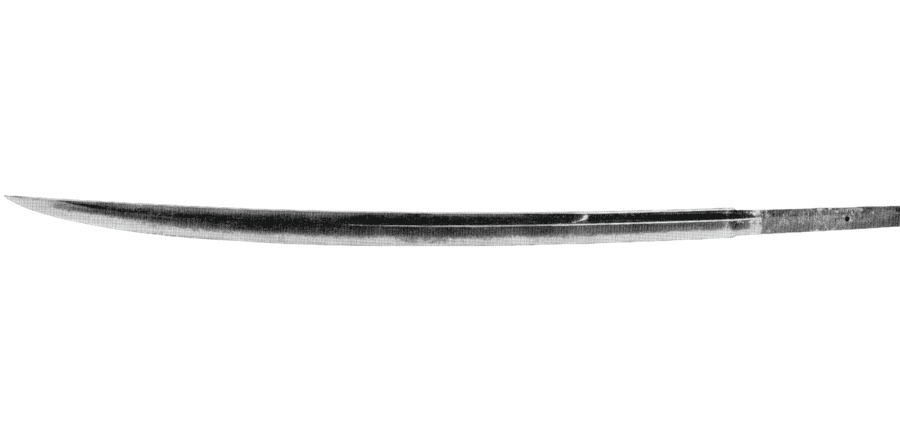
The shizukagate is a naginata with a softer, more shallow curve. It features a slender design with a pointed tip, resembling a sword, especially when inspected outside of its shaft.
These swords were intended to defend against increasing heavy armor by finding gaps with a thrust rather than a cut.
2. Tomoegata
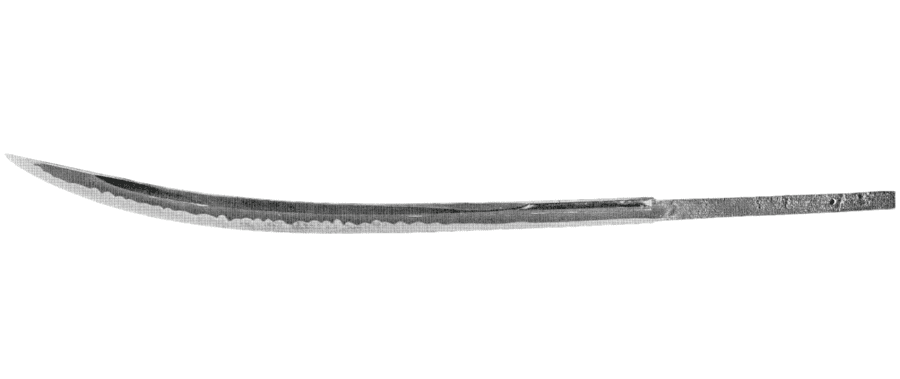
The tomoegata naginata features a strong and visible curvature that is consistent throughout its length and is often drastically stronger at the tip.
These naginata are designed primarily for cutting and hooking rather than thrusting and are also associated with woman warriors.
3. Tsukushi / Chikushi

Tsukishi naginata is a very different type of naginata polearm. They feature a shaft similar to a regular naginata, with the blade held by its guard at the end instead of its tang entering the shaft.
They were common on the battlefield with no decorations, likely developed from scythes, two-handed axes, or similar naginata known as nata.
4. Musou/Nata Naginata
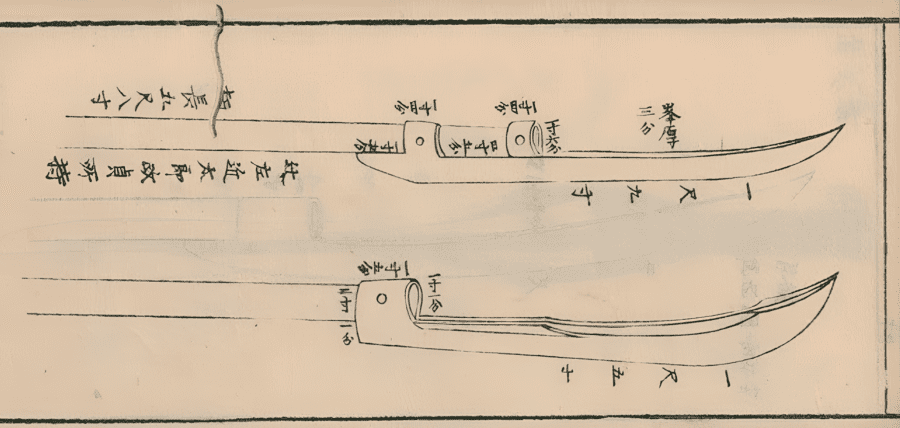
The nata naginata is one of the rarest types of naginata, sometimes seen more as a two-handed large axe than a naginata polearm.
These were more primitive long-range weapons used for slashing attacks.
5. Bisento Naginata: Naginata with Side Hooks
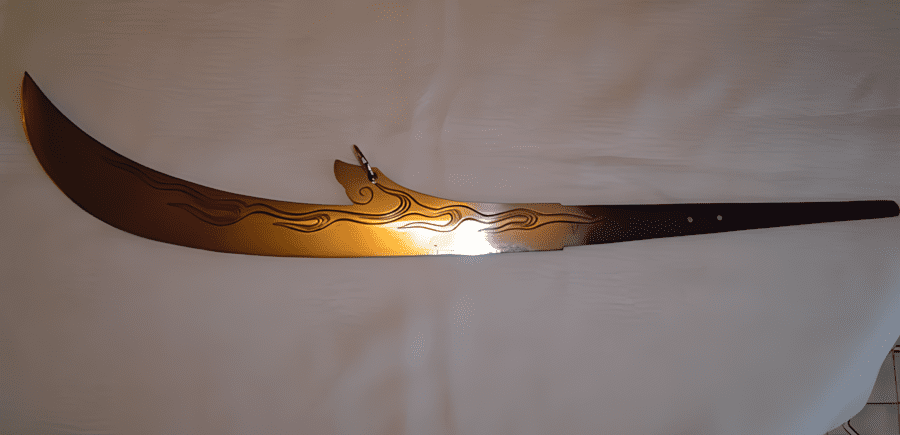
The bisento is a type of Japanese naginata with a side hook protruding from its blade. This design is very similar to the Chinese guandao, leading some to believe it wasn’t Japanese at all.
These polearms had broad blades and were used for slashing attacks and heavy chopping.
6. Clip Point Naginata
Another extremely rare type of naginata features a clip-point blade, meaning the tip is sharpened on both sides.
This is untraditional for naginata blades, and examples are scarce. Its design allows it more versatility in both cutting and thrusting attacks.
7. Fukuro Naginata
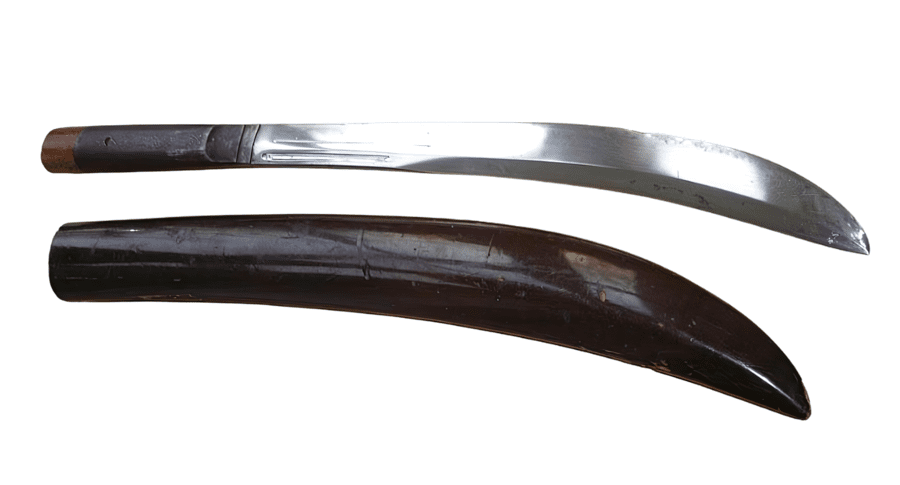
Fukuro naginata have their blades outside the shaft, with or without a smaller, dismountable handle. These blades could be mounted on the shaft and were popular beginning in the 15th century. They were used in warfare and by women for training.
Modern Naginata Types
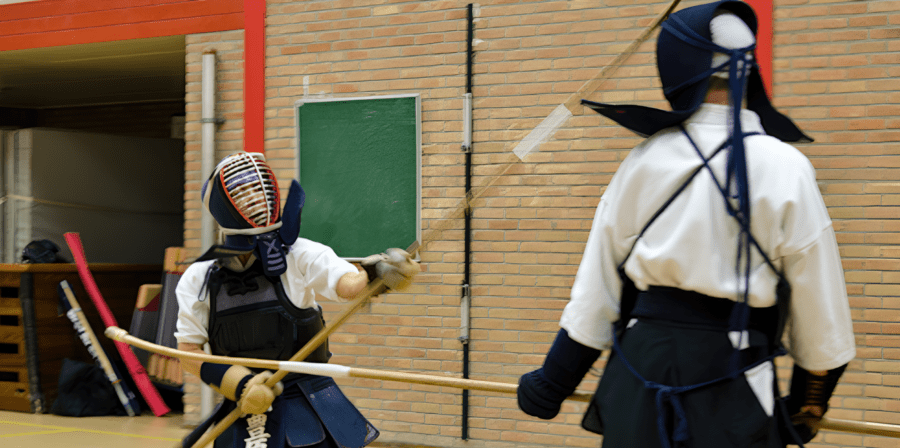
The naginata’s training art is called naginatajutsu. It has existed for several centuries, spanning from battlefield combat training to home defense, and is popular among female trainees.
“During the Edo Period (1603-1867), naginata was practiced by wives and daughters of samurai not only as a self-defense weapon but also as a method of training in moral education,” says Chiyoko Tokunaga, one of the founders of modern training art of the naginata.
This training of naginata has led to rich development and a quest for a safe solution. They are called modern naginatas and are still practiced today. Some are used for sparring, while others are for physical and moral development, such as in the atarashii martial arts.
1. Shiai Yo Naginata
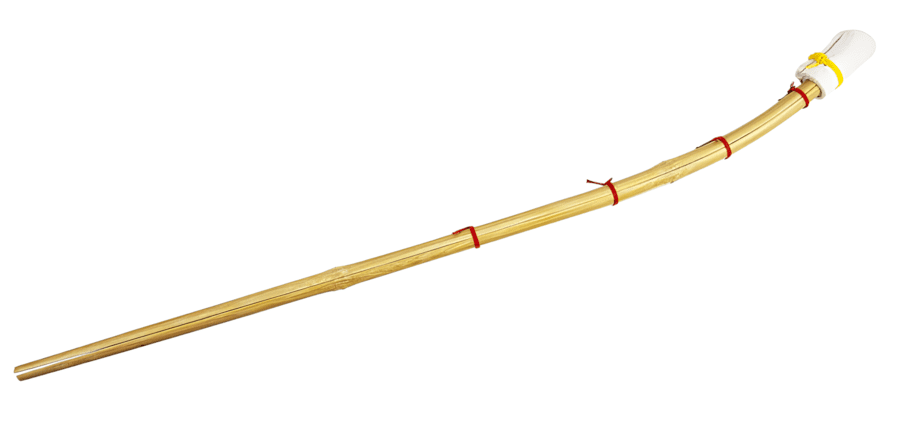
The shiay-yo naginata is a type of modern naginata designed for sparring practice. It is constructed from oak with a bamboo blade, which can be attached or removed. The wood can be broken and replaced if needed.
It must be between 83 and 89 inches (211 to 226 cm) long and weigh over 1.43 lbs (650 grams). Its tip is covered for safety, making it suitable for safe training.
2. Kihon Yo Naginata
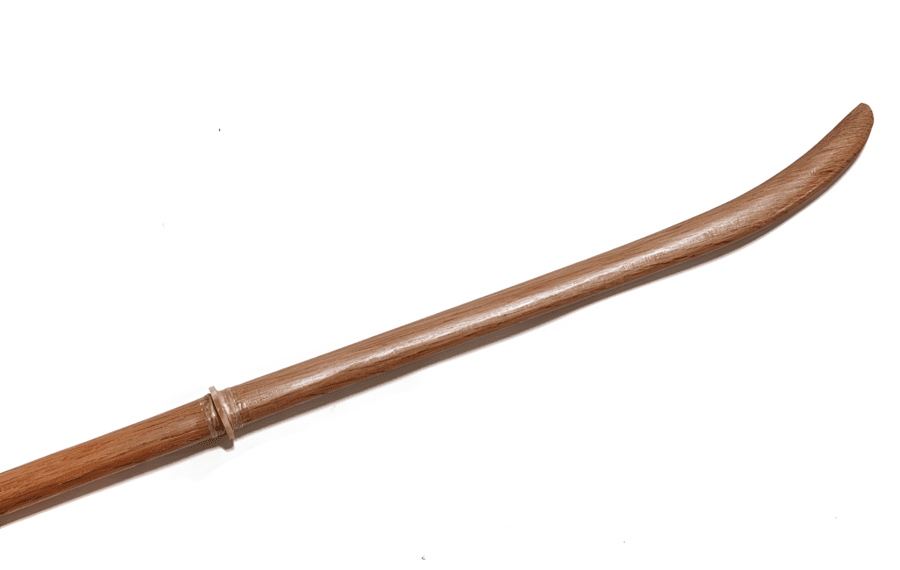
The kihon-yo is a single piece of Japanese white oak, including both the blade and the handle. In some cases, it comes with a protective tsuba guard. It is used by Koryu practitioners of the Koryio martial arts, which includes practicing kata or swinging forms.
This type of modern naginata is used in some training schools for sparring, but safety equipment is required as it can lead to injury.
